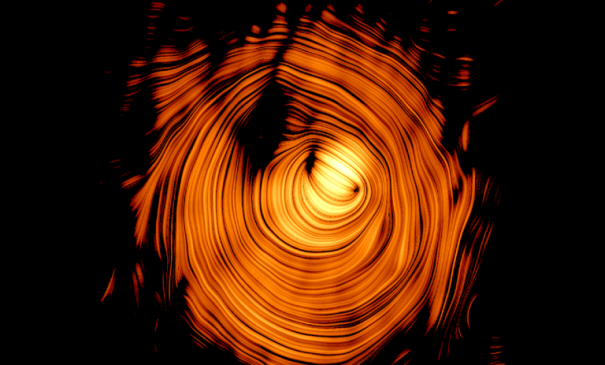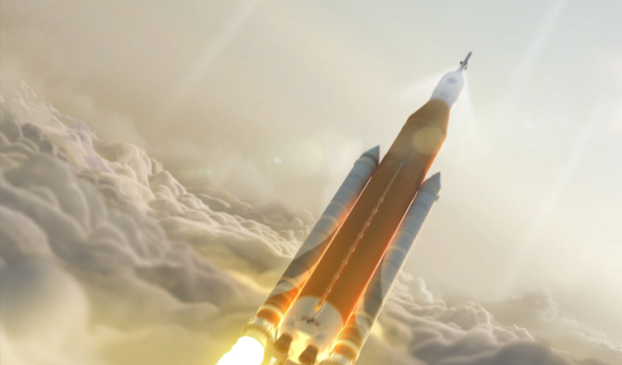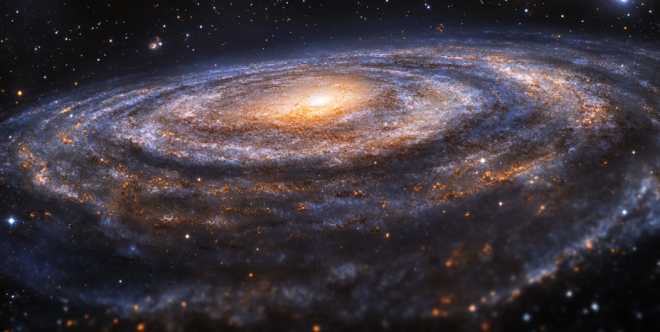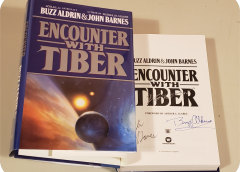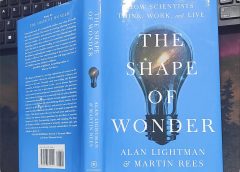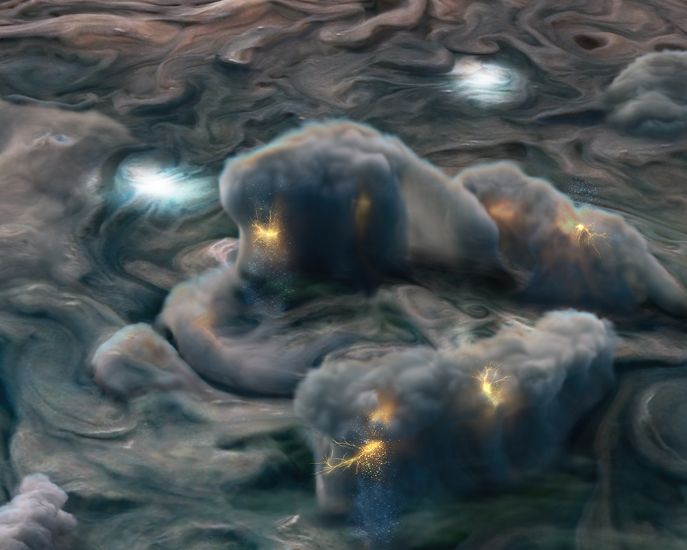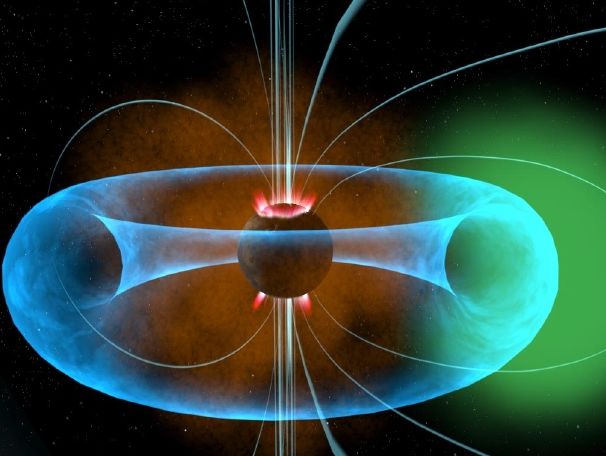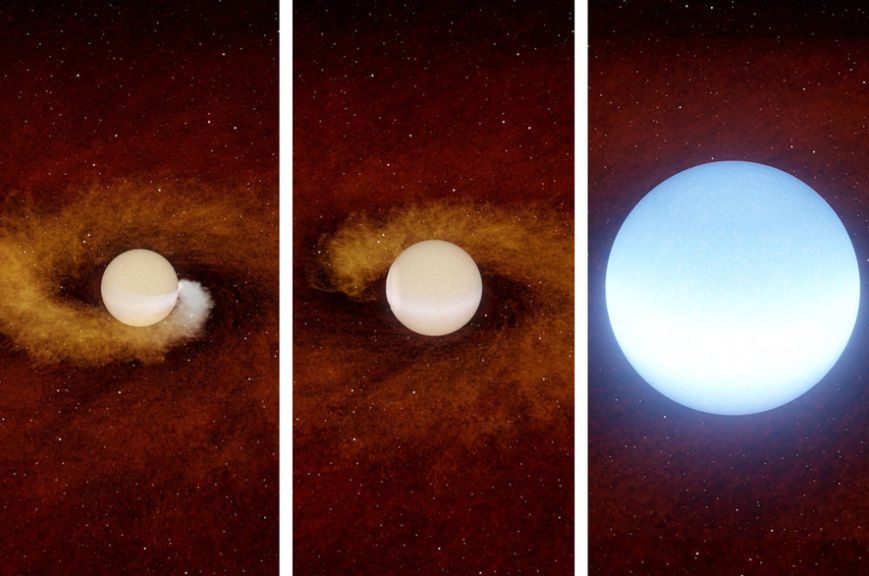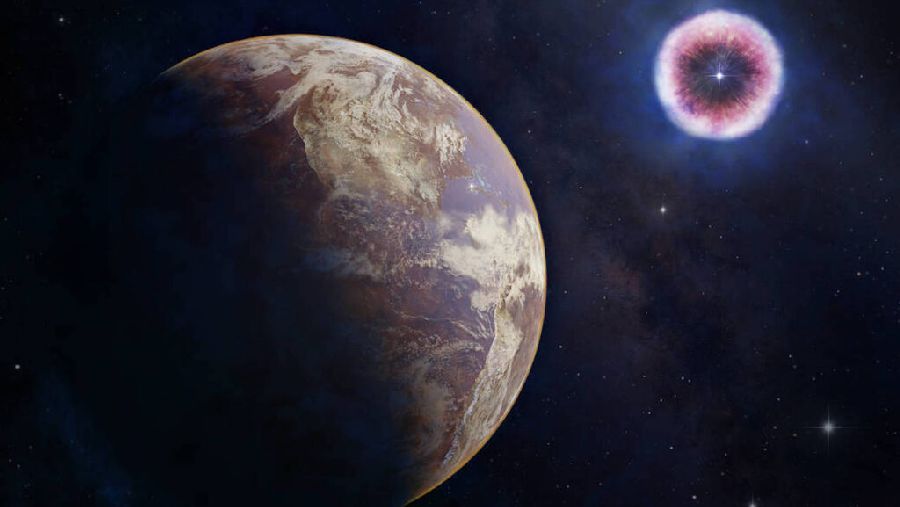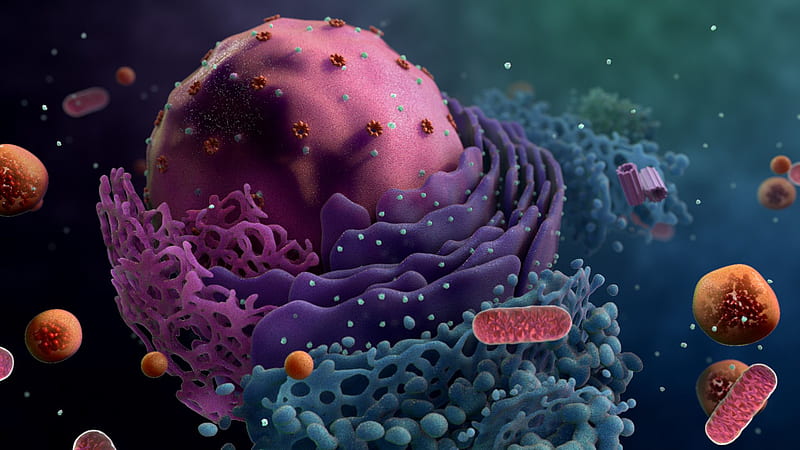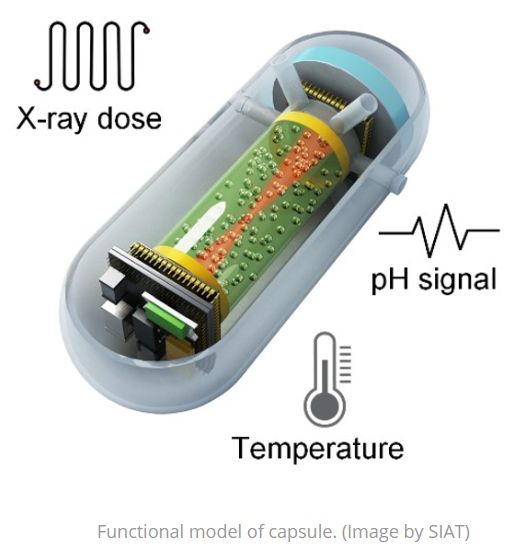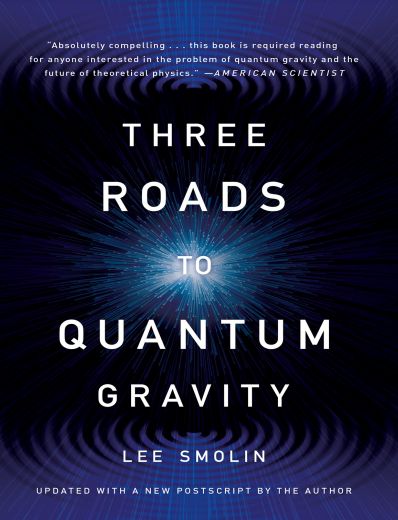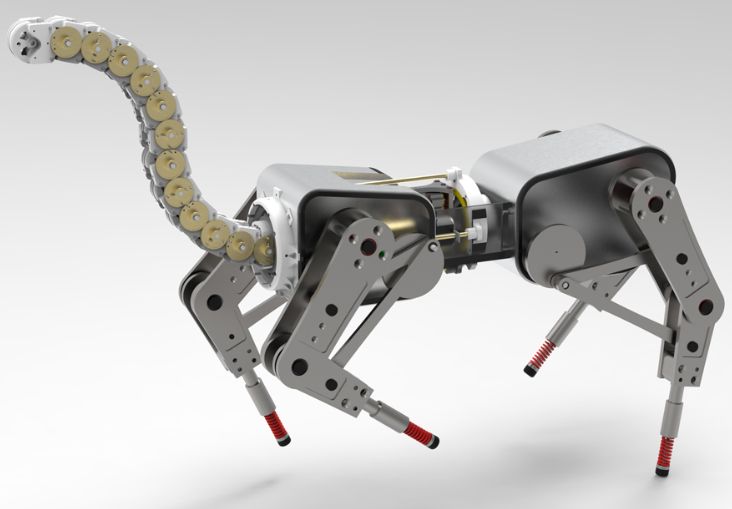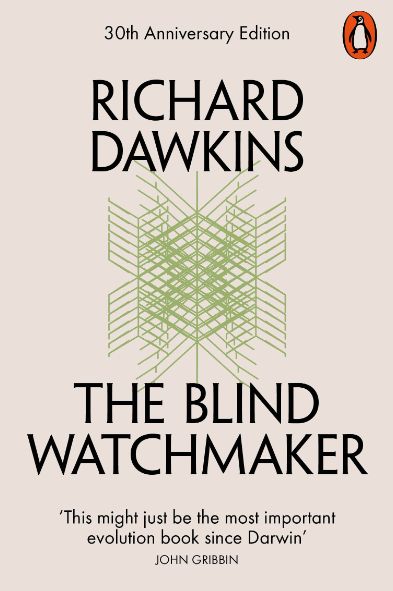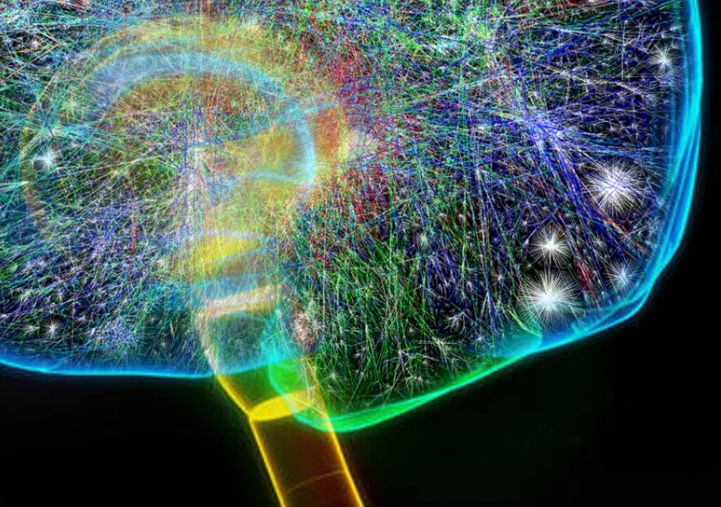Juno is the famous space probe sent by NASA to study Jupiter. It was launched in 2011 and reached the gas giant planet in 2016. Instead of orbiting around the equator like previous missions, Juno entered a path that takes it over Jupiter’s poles. After its arrival, the space probe has been gyrating the planet in a specific orbit. With the help of special instruments on board, Juno is constantly collecting information from Jupiter’s environment. The main aim of the expedition, is to gather accurate data about the planet’s gravity…
Read MoreArtificial Skin to Mimic Sensory Feedback of Biological Skin: E-Skin talking to Brain
Researchers at Stanford University have created a special kind of electronic skin that can sense things like heat and pressure and send signals to the brain. Electronic skin has been around for a while, but in the past, the devices used to convert these sensations into signals were bulky and inflexible. However, the new electronic skin is as soft and thin as real skin.
Read MoreBook Review: A Mathematician’s Apology by G. H. Hardy
G.H. Hardy (1877-1947) was a prominent British mathematician who made significant contributions in various branches of mathematics, particularly in number theory and analysis. He collaborated with Indian mathematician Srinivasa Ramanujan and played an important role in recognizing and nurturing his exceptional talent. “A Mathematician’s Apology,” is a collection of his essays intended to peep into the mind and understand the perspective of a working mathematician.
Read MoreMagnetic Bubble Beyond our Solar System: Radiation Belt around an Ultracool Dwarf
Radiation belts are zones of charged particles, primarily electrons and protons, trapped by a planet’s magnetic field. They are typically found around planets with a significant magnetic field, such as Earth or Jupiter. These belts produce various radiations, including radio emissions, which can be detected and studied by radio telescopes.
Read MoreBio-Inspired Device that Mimics Human Eye: Artificial Vision Systems
Inspired by the natural design of our retinas, scientists at Penn State have created a sensor array using narrowband perovskite photodetectors to replicate the function of our cone cells. Cone cells in our eyes are responsible for color vision. And they are sensitive to red, green, and blue light wavelengths.
Read MoreBook Review: Thus Spoke Zarathustra by Friedrich Nietzsche
Friedrich Wilhelm Nietzsche (1844–1900) is known for his provocative and unconventional ideas. He often expressed views that were in direct opposition to prevailing religious, moral, and societal norms, particularly when it came to his criticisms of Christianity. He challenged many deeply ingrained beliefs and values of his time. His rejection of Christian morality and emphasis on individual will and self-assertion align with certain aspects of pagan thought and provide a philosophical foundation for those seeking to break free from Christian historical and social dominance.
Read MoreA Star Swallowing Jupiter-sized Planet: Planetary Engulfment
When a star runs out of fuel, it eventually reaches the end of its life cycle and begin to expand. It swells to hundred or even a thousand times its original size. The process is called as a “red giant” phase. The progression enables the star’s outer layers to become less dense. Consequently, the star starts to swell outwards. In some cases, the star may expand so much that it engulfs any nearby planets.
Read MoreTwo super-Earths orbiting M dwarf TOI-2095: Exoplanet Diversity
Astronomers are always looking for exoplanets since it opens the door for better understanding of the formation and evolution of planetary systems beyond our own. With this aim in mind, NASA launched the Transiting Exoplanet Survey Satellite (TESS) in 2018. Primary parameter of this was to monitor the brightness of nearby stars. Till now, TESS has surveyed nearly 200,000 of the brightest stars near the sun. And so far, it has identified about 6,400 candidate exoplanets. To date, 330 of these candidates have been confirmed as exoplanets through follow-up observations…
Read MoreBiomolecular Condensates possesses an Electric Potential: Biological Chemistry
Electrical charges have a vital role in majority of biological processes in the human body. In fact, the human body is an incredibly complex electrical system that relies on the flow of electrical charges to carry out its functions. Electrical signals, for instance, are not only used by the brain and nerves to communicate with each other. But the same signals also allow us to move our muscles, feel sensations, and think. At the cellular level, ions such as sodium, potassium, and calcium work in tandem to regulate various processes…
Read MoreCapsule X-Ray Dosimeter for Real-time Monitoring: Radiotherapy
Radiotherapy is all about precision in targeting tumor tissue while minimizing damage to healthy tissue. To deliver precision radiation requires real time monitoring of the dose till the time it is absorbed. The task is quite challenging, especially if it is in gastrointestinal tract. The dynamic nature of the region makes it nearly inaccessible. Current approaches used for tracking biochemical indicators including pH and temperature are insufficient to give out comprehensive evaluation of radiotherapy.
Read MoreAntineutrinos Detected at SNO+ Collaboration: Water Cherenkov Detector
Antineutrinos falls under the category of elusive particles. They are extremely difficult to detect due to their weak interaction with matter. These exotic particles have the same properties as neutrinos but with opposite charges. And have very little mass.
Read MoreBook Review: Three Roads to Quantum Gravity by Lee Smolin
Three Roads to Quantum Gravity: A New Understanding of Space, Time and the Universe is written by Lee Smolin. He is a theoretical physicist and senior faculty member at Perimeter Institute for Theoretical Physics. He has contributed significantly to the development of Loop Quantum Gravity and Deformed Special Relativity.
Read MoreA Quadruped Robot with Proprioception and a Tail: Biomimicry
Nature has always inspired philosophers, scientists, and researchers alike. When it comes to solve human problems or create innovative products and technologies, studying nature’s designs and processes lead to more sustainable and efficient solutions. Afterall, nature has had millions of years to develop solutions to problems. These solutions have been honed through the process of natural selection. Learning and getting inspired from nature’s solutions, is called biomimicry. Designers, engineers, and scientists are inspired from nature to create more sustainable and efficient products and systems.
Read MoreBook Review: The Blind Watchmaker by Richard Dawkins
I am a big fan of Richard Dawkins works. I have already read his four books, namely, The Selfish Gene, The God Delusion and Brief Candle in the Dark. And I find them remarkable in the sense that he perfectly chooses his words to prove the clarity of his thoughts. As a science educator, his ideas are impeccably backed up with obvious logics. Which promotes scientific and logical understanding to the fundamental questions of persistent false belief held in the face of strong contradictory evidence.
Read MoreDistinct Activation Patterns of Projection Neurons: Cortical Dynamics
Cerebral cortex is the outer layer of cerebrum, that is the largest part of the brain. All kinds of higher-level processes such as language, memory, and decision-making are performed in this region. The complex, densely packed structure is saturated with various types of neurons. It is extremely difficult to image its neuronal dynamics with the necessary spatial and temporal resolution. So far, fMRI (functional magnetic resonance imaging) technique is widely used for studying brain activity. However, when it comes down to examine neural circuitry at the point of a single…
Read More

